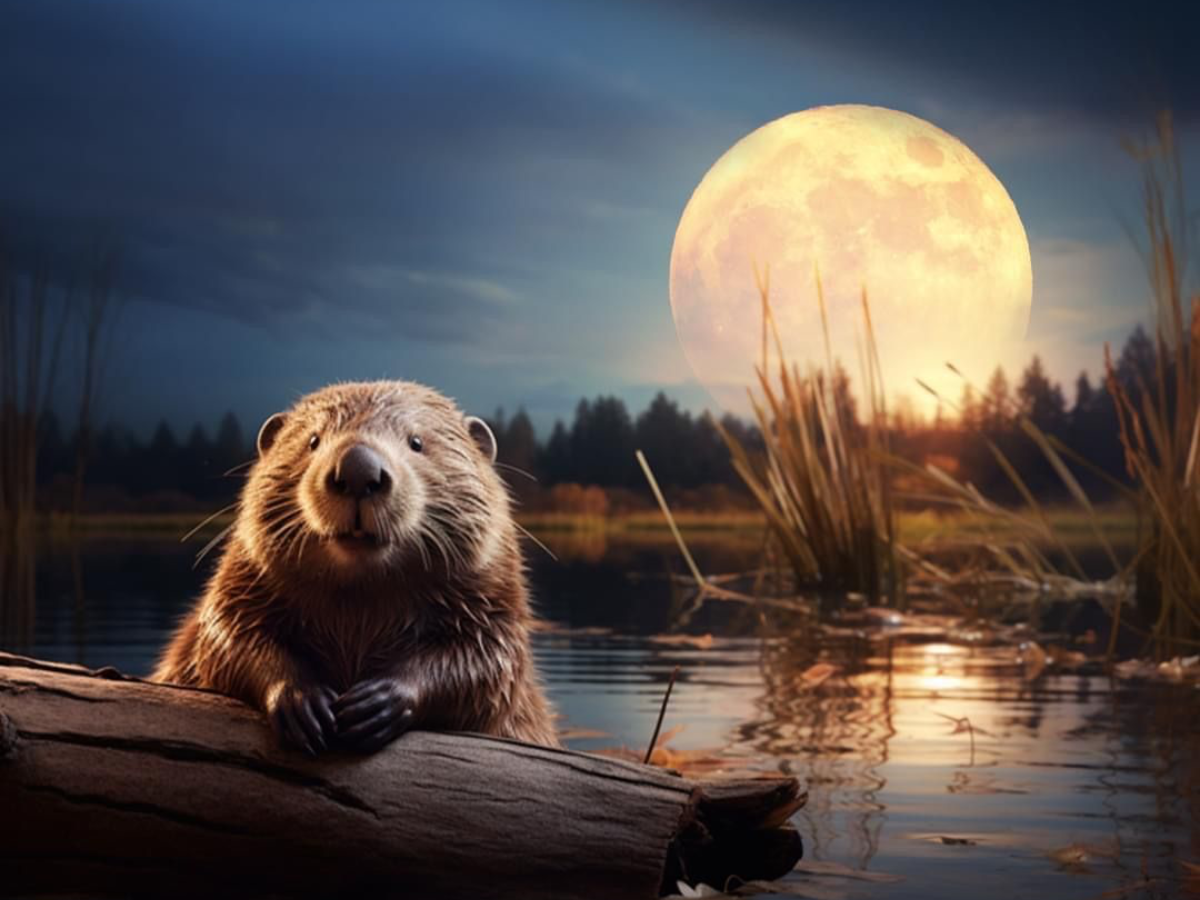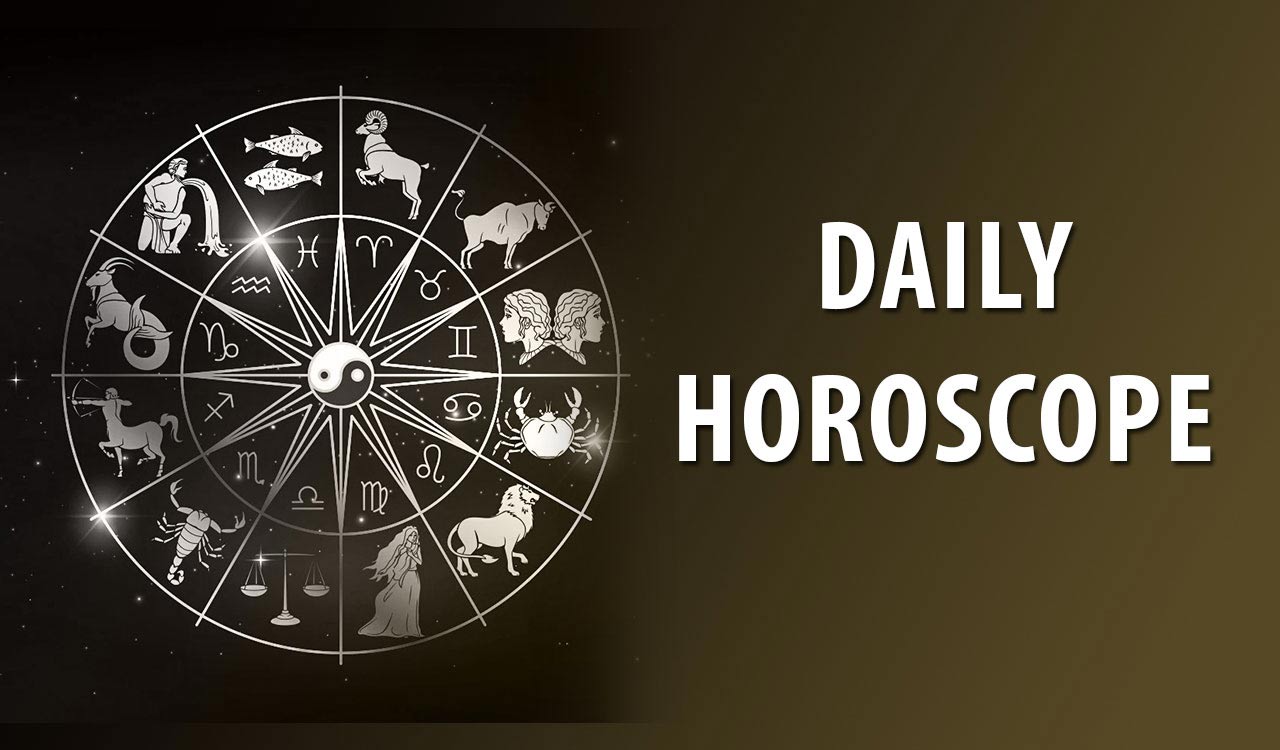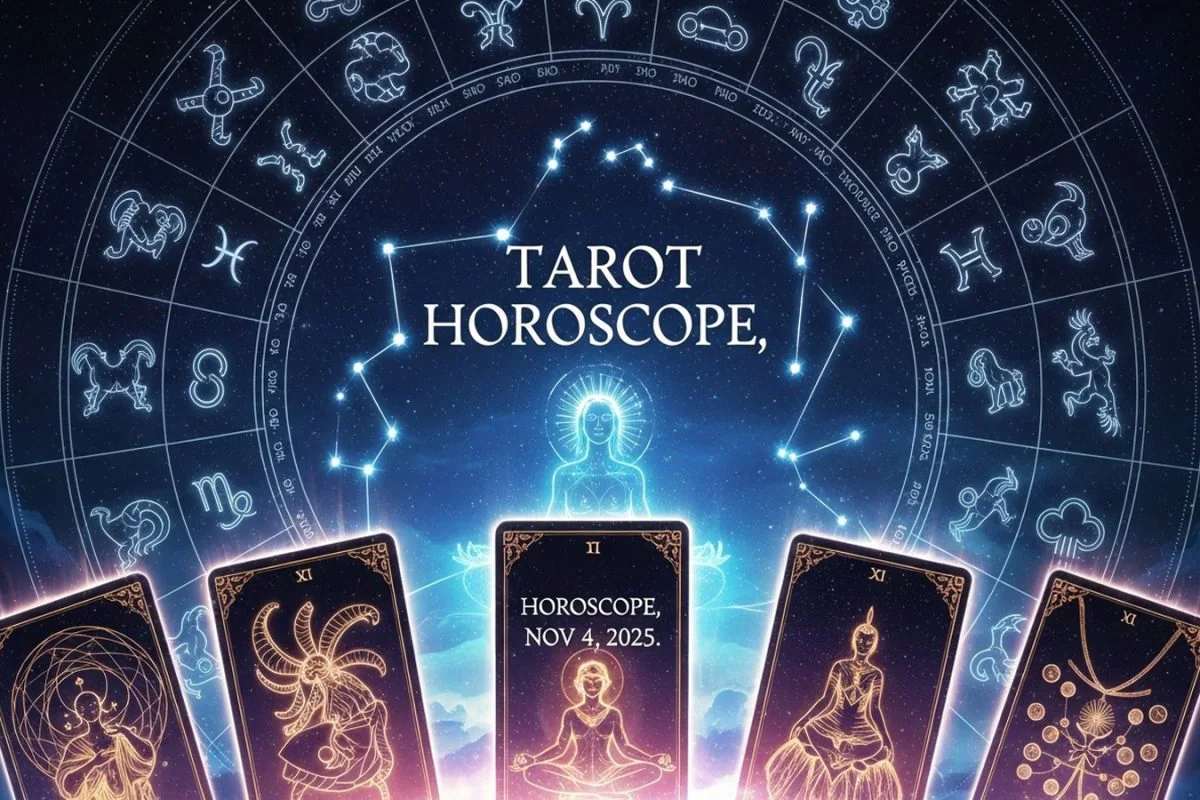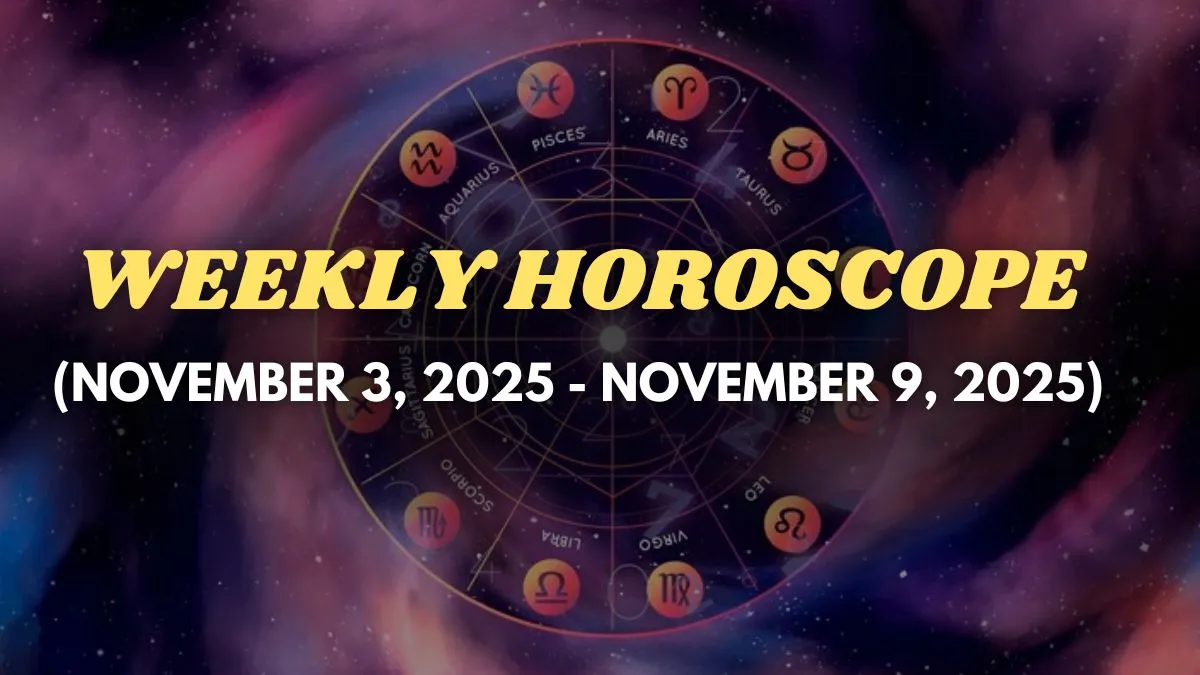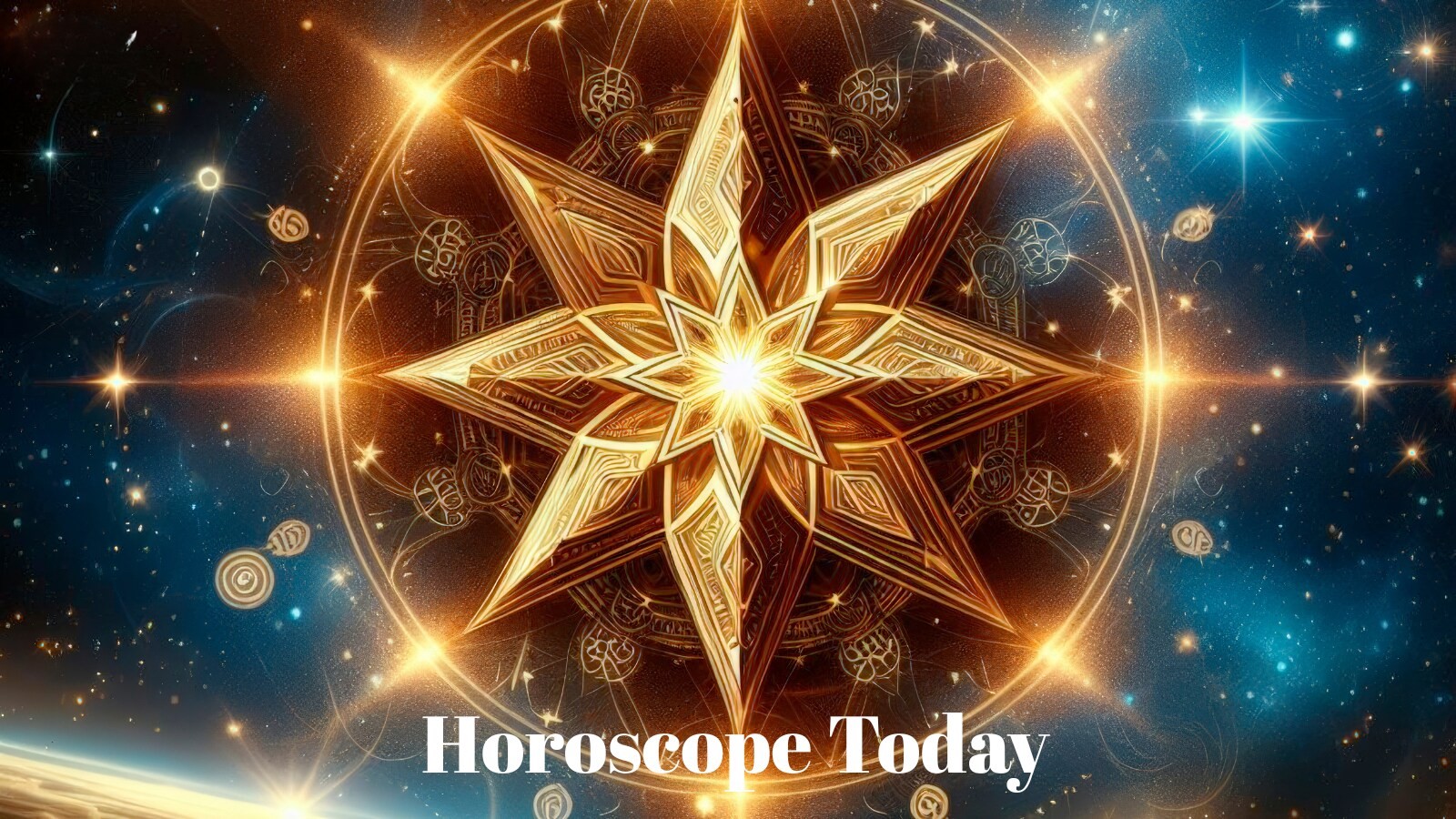November 2025 brings with it one of the most enchanting celestial sights of the year — the Beaver Super Moon. Known for its striking brilliance and larger-than-life appearance, this full moon marks the last Supermoon of the year. Across India and the rest of the world, skywatchers eagerly await this luminous event, which promises a mesmerizing view as it rises majestically above the horizon.
But what makes the Beaver Moon special? Why is it called a “Supermoon”? And how can you best experience it from India?
What Is the Beaver Super Moon?
The Beaver Super Moon is the November full moon, traditionally named by Native American tribes who used this time to set traps for beavers before the icy winter began. It was the season when beavers worked tirelessly to build their dams, signaling the onset of the cold months.
When the moon coincides with its closest point to Earth in its orbit (known as perigee), it appears larger and brighter — that’s when it becomes a Supermoon. The Beaver Super Moon 2025 will not only symbolize this historical connection but will also shine up to 14% larger and 30% brighter than a typical full moon.
Date and Peak Time of Beaver Super Moon 2025 in India
According to astronomical forecasts, the Beaver Super Moon will grace the Indian skies on the night of November 14, 2025, reaching its full phase at around 3:26 AM IST on November 15.
- Full Moon Date: November 14–15, 2025
- Peak Illumination Time: 3:26 AM IST (early morning of November 15)
- Moonrise (India): Around 5:45 PM (on November 14)
- Moonset (India): Around 6:10 AM (on November 15)
- Best Viewing Window: Between 7:00 PM and midnight, when the moon appears largest near the horizon
During this period, the moon will appear exceptionally bright, casting silver light across landscapes, lakes, and city skylines — perfect for stargazing and photography.
Why It’s Called the “Beaver Moon”
The name “Beaver Moon” traces back to North American folklore and the Farmer’s Almanac, which used natural seasonal cues to name full moons.
- Beavers and Winter Prep: November was the time when beavers finished building their dams and shelters to survive winter.
- Hunting Season Marker: Indigenous tribes and early settlers used the full moon’s arrival to mark the time to set traps before lakes froze over.
- Cultural Symbolism: The Beaver Moon represents preparation, hard work, and endurance, echoing the industrious nature of the beaver.
Other traditional names for this moon include the Frost Moon, Mourning Moon, and Snow Moon, depending on the cultural context.
The Science Behind a Supermoon
A Supermoon occurs when:
- The moon is at perigee (closest point to Earth — about 356,000 km).
- It coincides with the full moon phase.
This orbital alignment makes the moon appear slightly larger and brighter than average. Although the size difference may not be dramatic to the naked eye, the overall luminosity creates a breathtaking view.
In November 2025, the moon’s distance from Earth will be around 357,800 km, qualifying it as a Supermoon — the fourth and final one of the year.
Astronomical Significance of the Beaver Super Moon 2025
The Beaver Super Moon 2025 holds immense astronomical value. Here’s why it captivates scientists and skywatchers alike:
- Final Supermoon of 2025: Marks the end of the year’s lunar supermoon series.
- Enhanced Gravitational Effects: Supermoons slightly increase Earth’s tidal forces, causing higher-than-usual tides.
- Ideal for Lunar Observation: Its increased brightness makes lunar craters and maria (dark plains) more visible even through basic telescopes.
- Astrophotography Opportunity: Perfect conditions for long-exposure moon photography due to its brightness and low horizon position.
How to Watch the Beaver Super Moon in India
Watching the Beaver Super Moon in India doesn’t require special equipment — just the right timing and location. Here are some key tips for the best experience:
1. Choose a Clear Location
Select an open area away from city lights — such as rooftops, beaches, or open fields. Cities like Ladakh, Jaisalmer, Rann of Kutch, Ooty, and Coorg offer exceptional visibility due to minimal pollution.
2. Check Weather Conditions
A cloud-free sky is essential. Use weather apps to ensure clear visibility before planning your observation night.
3. Use Binoculars or a Telescope
While visible to the naked eye, using binoculars or a small telescope can reveal lunar craters, ridges, and shadows in stunning detail.
4. Best Time to Observe
The moon will look largest just after moonrise (around 5:45 PM), as it hovers close to the horizon. This optical illusion, known as the “moon illusion,” makes it appear massive and golden.
5. Photography Tips
- Use a tripod for stability.
- Set your camera to manual mode.
- Lower the ISO (100–200) to prevent overexposure.
- Adjust shutter speed (1/125s or slower) depending on brightness.
- Include landscapes or silhouettes for perspective.
Mythology and Cultural Interpretations
Across cultures, the Beaver Moon has been associated with preparation, reflection, and the cycle of change.
- Native American Beliefs: Symbolized the industrious spirit of beavers, teaching people to work hard before the cold season.
- European Traditions: Linked with cleansing rituals and introspection as winter approached.
- Hindu Interpretation: In India, the full moon often aligns with Kartik Purnima, a sacred day celebrated with ritual baths, lamp offerings, and prayers.
Interestingly, Kartik Purnima 2025 will occur around the same time, creating a rare overlap between cultural and astronomical significance — a perfect blend of science and spirituality.
Connection Between the Moon and Tides
Supermoons exert a slightly stronger gravitational pull on Earth, influencing ocean tides. During the Beaver Super Moon 2025, coastal areas in India — especially along the Bay of Bengal and Arabian Sea — may experience “perigean spring tides,” where high tides are marginally higher than normal.
However, these tidal effects are subtle and pose no danger to the general public. For coastal photographers and nature enthusiasts, this phenomenon adds a fascinating dynamic to the viewing experience.
Astrological Perspective: Emotional and Energetic Shifts
While astronomy explains the physical beauty of the Beaver Super Moon, astrology interprets its emotional resonance.
- Zodiac Influence: The Beaver Super Moon 2025 will occur in Taurus, an earth sign associated with stability, comfort, and security.
- Emotional Themes: People may feel drawn toward introspection, emotional grounding, and long-term planning.
- Manifestation Period: Astrologers suggest using this full moon for setting intentions and reflecting on achievements before the year’s end.
Thus, the Beaver Moon becomes both a celestial and spiritual reminder to pause, reflect, and realign before the close of 2025.
Global Viewing of the Beaver Super Moon
The Beaver Super Moon 2025 will be visible across the globe — from the Americas and Europe to Asia and Africa.
- Asia (India, Japan, China): Early evening of November 14 through dawn of November 15.
- Europe and Africa: Visible late night on November 14.
- Americas: Late afternoon to midnight on November 14 (local time).
Wherever you are, the moon will appear round, luminous, and golden as it climbs the sky, making it a truly global experience.
Scientific Curiosities: What Makes the Moon Appear Bigger?
The “bigness” of a Supermoon is often an optical illusion. When seen near the horizon, our brain compares it to objects like trees or buildings, making it look huge — though its actual angular size changes only slightly.
Furthermore, atmospheric scattering gives it a golden or orange hue, especially in humid or dusty conditions — adding to its ethereal beauty.
Capturing the Beaver Super Moon 2025 — Photography Guide
To make your moon photographs truly stand out:
- Use manual focus; autofocus struggles in low light.
- Aperture: f/8 to f/11 for sharp lunar details.
- Lens: A telephoto lens (200mm or higher) works best.
- Compose with foreground elements: Include monuments, trees, or mountains for dramatic depth.
- Experiment with exposure bracketing: Capture multiple exposures to balance highlights and shadows.
For mobile photographers, apps like NightCap, ProCam, or Camera+ can help simulate professional settings.
Environmental Importance — How Moonlight Affects Nature
The brightness of a full Supermoon subtly influences wildlife behavior, especially nocturnal animals. For instance:
- Predators may hunt more due to improved visibility.
- Turtles and fish adjust their spawning patterns under bright moonlight.
- Birds use the moon for navigation during migration.
The Beaver Super Moon thus connects human observers to nature’s rhythm — a reminder of Earth’s intricate harmony with celestial cycles.
Fun Facts About the Beaver Super Moon 2025
- It’s the fourth and final Supermoon of the year.
- Appears 14% larger than a typical full moon.
- Occurs around the same time as Kartik Purnima, enhancing cultural celebrations in India.
- The next Beaver Super Moon of similar brightness will occur in 2033.
- Its distance from Earth will be around 357,800 km.
Preparing for the Event — What You Can Do
Here’s how to make the most of this rare lunar spectacle:
- Plan a moon-watching gathering with family or friends.
- Use astronomy apps like Stellarium, SkySafari, or SkyView to track the moon’s rise.
- Record a time-lapse to capture the moon’s slow journey across the night sky.
- Meditate or journal under the moonlight to reflect on the year’s journey.
The Spiritual Message of the Beaver Super Moon
Beyond its visual beauty, the Beaver Super Moon carries a profound spiritual message — to prepare for the coming winter, to build emotional strength, and to honor nature’s rhythm. Just as beavers build dams to withstand harsh times, humans are encouraged to prepare for change, strengthen bonds, and pursue inner balance.






